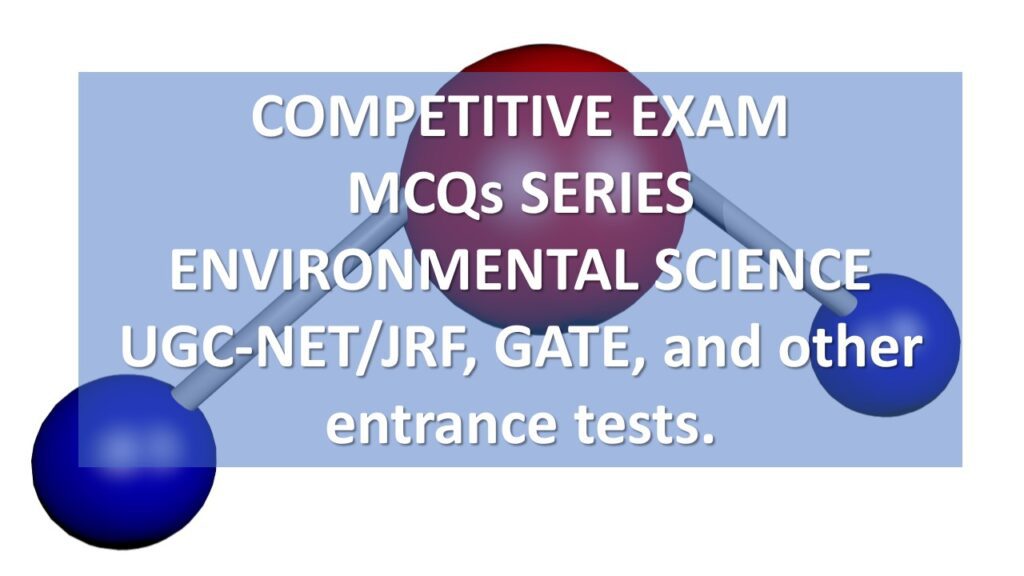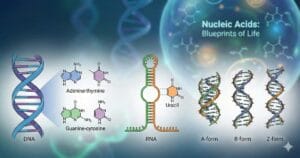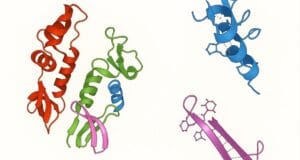
Welcome to the COMPETITIVE EXAM MCQs SERIES of ENVIRONMENTAL SCIENCE for UGC-NET/JRF, GATE, and other entrance tests – Environmental Chemistry.
The topic of “Water as a Universal Solvent” in Environmental Chemistry focuses on the unique properties of water as a solvent and its significance in various environmental processes.
Syllabus outline
- Explanation of the molecular structure of water and its polarity, hydrogen bonding, and its impact on water properties.
- Solubility of different substances in water and factors affecting the dissolution of solutes in water.
- Ionization and dissociation of solutes in water.
- The behaviour of acids and bases in aqueous solutions.
- Calculation of pH and its significance in environmental systems.
- Definition and importance of buffer solutions in regulating pH.
- Role of buffers in maintaining water quality in the natural system.
- Water’s role in weathering and erosion processes.
- The significance of water as a medium for transporting nutrients and pollutants in ecosystems.
- Parameters for assessing water quality (e.g., DO, turbidity, TDS, etc.).
- Methods for water treatment (e.g., coagulation, flocculation, sedimentation, filtration, disinfection).
- Importance of water purification for human consumption and the impact of pollutants on water quality and aquatic life.
This quiz contains the concept-based most frequently asked 25 MCQs of “Environmental Chemistry – Water as a universal solvent“. Each question has a single correct/most appropriate answer.
1. What will be the pH of diluted NaOH samples, if pure water is used for dilution and the initial pH of NaOH samples is 12?
a) More than 12 but less than 14
b) More than 7 but less than 12
c) More than 7
d) No change in pH
2. Which of the following is incorrect?
a) High surface tension allows insects to walk on water.
b) The density of water increases with temperature and then decreases.
c) Next to mercury, water has the highest surface tension of all liquids.
d) Elevation in surface tension is directly proportional to the mole fraction of solute.
3. The ____________ of water is the amount of heat that must be absorbed or lost for 1 gram of that substance to change its temperature by 1°C
a) Latent heat of fusion
b) Specific heat
c) Heat carrying capacity
d) Latent heat of evaporation
4. When a salt is dissolved in water, each ion is surrounded by a sphere of water molecules which is termed:
a) Hydrogen Shell
b) Micelle
c) Dehydration Shell
d) Hydration Shell
5. The most important reason for the unusual properties of water is:
a) Hydrogen bonding between water molecules
b) The bond angle between two hydrogen atoms in the water molecule
c) Water can be ionized easily even at room temperature
d) The covalent bonding pattern and bond length
6. Even large molecules such as proteins can dissolve in water if they have _______ regions.
a) Non-ionic and Non-polar
b) Ionic and polar
c) Non-ionic and polar
d) Ionic and non-polar
7. The Ice (solid) is turned to water (liquid) because
a) Kinetic energy increases the rate of thermal energy
b) The particles collide with each other
c) After the intermolecular bonds are broken down the particles are free to move
d) The particles start vibrating more vigorously
8. Why do the atoms of a water molecule have partial charges?
a) Oxygen donates an electron to hydrogen
b) Opposites attract
c) Hydrogen donates an electron to oxygen
d) There is an unequal sharing of electrons between the atoms
9. Why water is a polar molecule with opposite ends of a molecule with opposite charges?
a) Because hydrogen has fewer electrons, the region around hydrogen has a partial positive charge and the near oxygen atoms have a partial negative charge.
b) Because hydrogen has fewer electrons, the region around hydrogen has a partial negative charge and the near oxygen atoms have a partial positive charge.
c) Because hydrogen is more electronegative, the region around hydrogen has a partial negative charge and the near oxygen atoms have a partial positive charge.
d) Because oxygen is more electronegative, the region around oxygen has a partial negative charge and near the two hydrogen atoms have a partial positive charge.
10. Water molecules have high cohesive properties than usual liquids due to
a) Molecular orbital orientation
b) Electron pair attractions
c) Polarity
d) Their angular shape
11. A hydrogen atom shared by two water molecules shifts from one molecule to the other which forms:
a) Hydrogen ion and Hydroxide ion
b) Hydronium ion and Hydroxide ion
c) Hydrogen peroxide and Hydronium ion
d) Hydrogen ion and Hydronium ion
12. The purest form of naturally occurring water is
a) Pond water
b) Well water
c) Rainwater
d) River water
13. What would be the pH of a solution with a hydroxide ion concentration of 10^8 M?
a) pH 2
b) pH 6
c) pH 10
d) pH 8
14. When temporary hard water is boiled, one of the substances formed is
a) Calcium bicarbonate
b) Hydrogen chloride
c) Calcium sulfate
d) Carbon dioxide
15. Addition of salts in pure water changes their physicochemical properties due to
a) Change in pH of water
b) Change in concentration of water
c) Change in the hydrogen bonding of water
d) Change in temperature of water
16. Why water is considered as the “Universal Solvent”?
a) Life originated in the form of microorganisms in the aquatic environment.
b) All the biochemical reactions occur in the aquatic environment.
c) About 70% of living organisms are made up of water.
d) Water can dissolve more things than any other natural substance.
17. What would be the specific heat of a liquid? If the temperature of 25 kg liquid is raised from 10°C to 130°C with the thermal energy of 120KJ.
a) 80 J/kg/°C
b) 160 J/kg/°C
c) 40 J/kg/°C
d) 120 J/kg/°C
18. Which water properties are most important for sonar and precision depth recorders to determine water depth, and to detect subsurface features and animals?
a) Sound transmission
b) Refractive index
c) Compressibility
d) Transparency
19. Which of the following statements is false?
a) The density of pure water depends on temperature, salinity, and pressure
b) For seawater, the freezing point decreases with increasing salinity
c) Transparency of water is important for photosynthesis
d) Water has very high compressibility due to intermolecular hydrogen bonding
20. Which is correct according to the concentration of water?
a) Brine water = Saline water = Rainwater
b) Brine water < Saline water < Surface water < Rainwater
c) Brine water > Saline water > Surface water > Rainwater
d) Brine water > Saline water > Surface water = Rainwater
21. Select the incorrect statement from the following option.
a) Hard water contains dissolved calcium and magnesium salts in it
b) Due to the presence of dissolved hardness-producing salts, the boiling point of water is depressed
c) Water that does not form lather with soap and forms white scum is called hard water
d) In hard water, the cleansing quality of soap is depressed
22. The density of ice (solid) is lesser than water (Liquid), this is possible due to___________ in ice.
a) High adhesive force
b) High surface tension
c) Low cohesive force
d) Immobilized H bonding
23. Ice floats in liquid water because hydrogen bonds in ice are __________ making ice less dense.
a) Less in number
b) Compact
c) Mobilized
d) More ordered
24. The amount of energy required to change the liquid to gas and vice versa without any change in temperature is termed as
a) Heat Capacity
b) Latent Heat of Fusion
c) Latent Heat of Vaporization
d) Specific Heat Capacity
25. What is the driving force for the formation of micelles of amphipathic compounds in water?
a) Osmotic potential
b) High entropy of aqueous solution
c) Hydrophobic interactions
d) Hydrogen bonding
Previous: Hydrological cycle
Next: Inorganic and organic components of soils
References
- Manahan, Stanley E. (2019) Environmental Chemistry, CRC Press, 10th edition.
- Tyagi, Anil K. (2018) Environmental Science and Engineering, Khanna Publishers, 3rd edition.
- Sharma, B. K. (2018) Environmental Chemistry, Goel Publishing House, 2nd edition.

